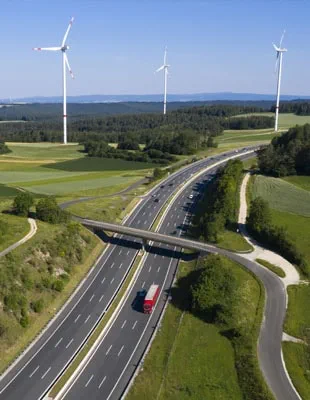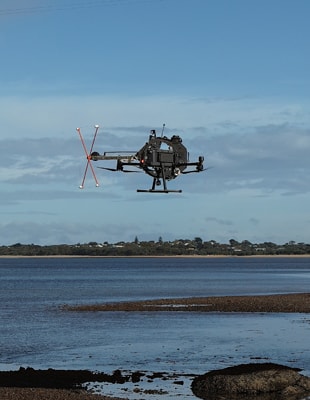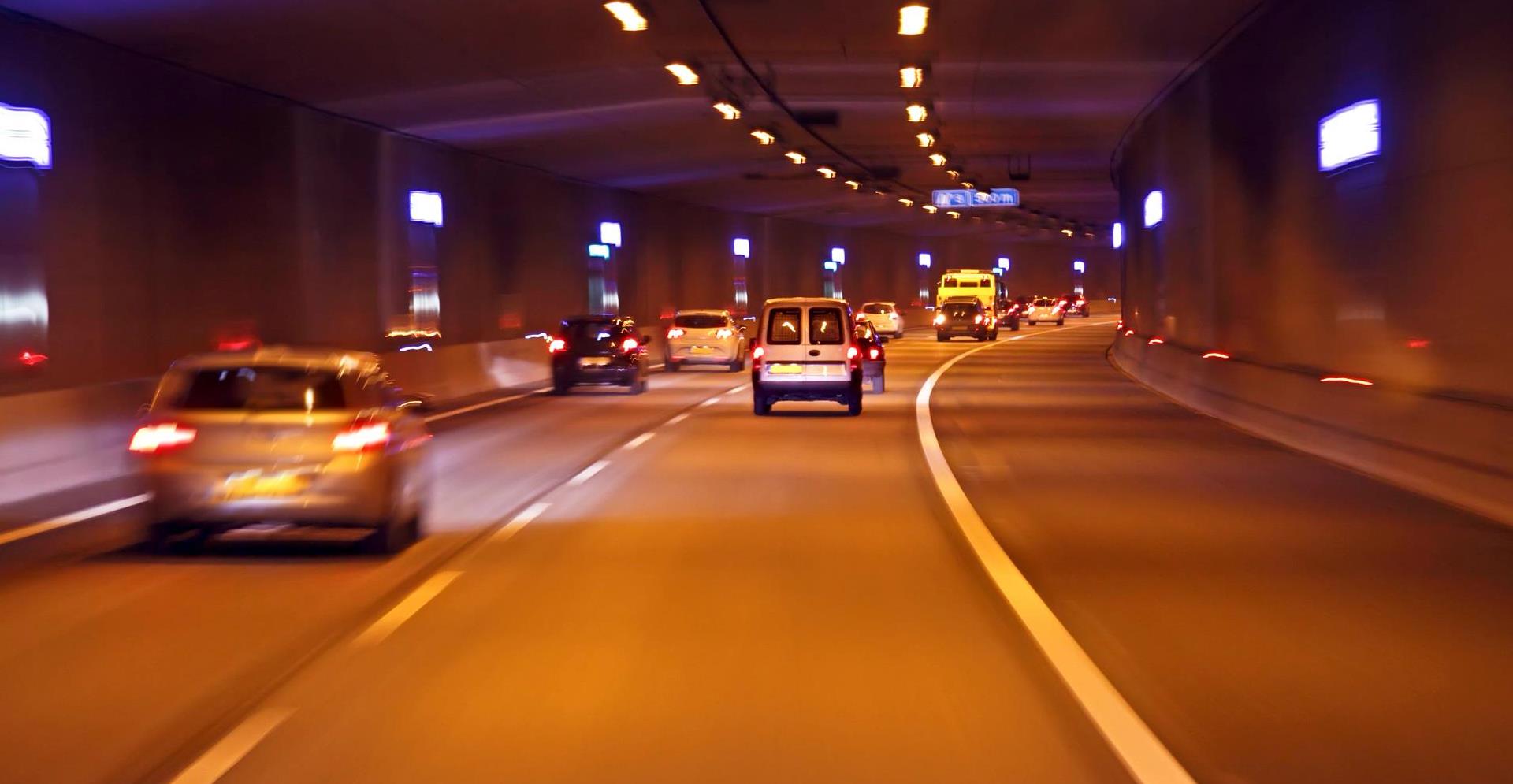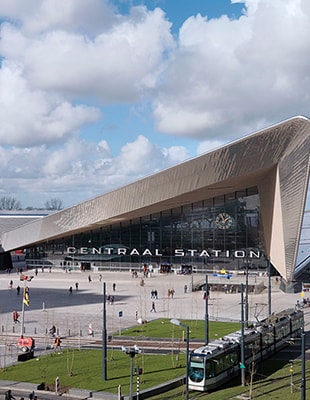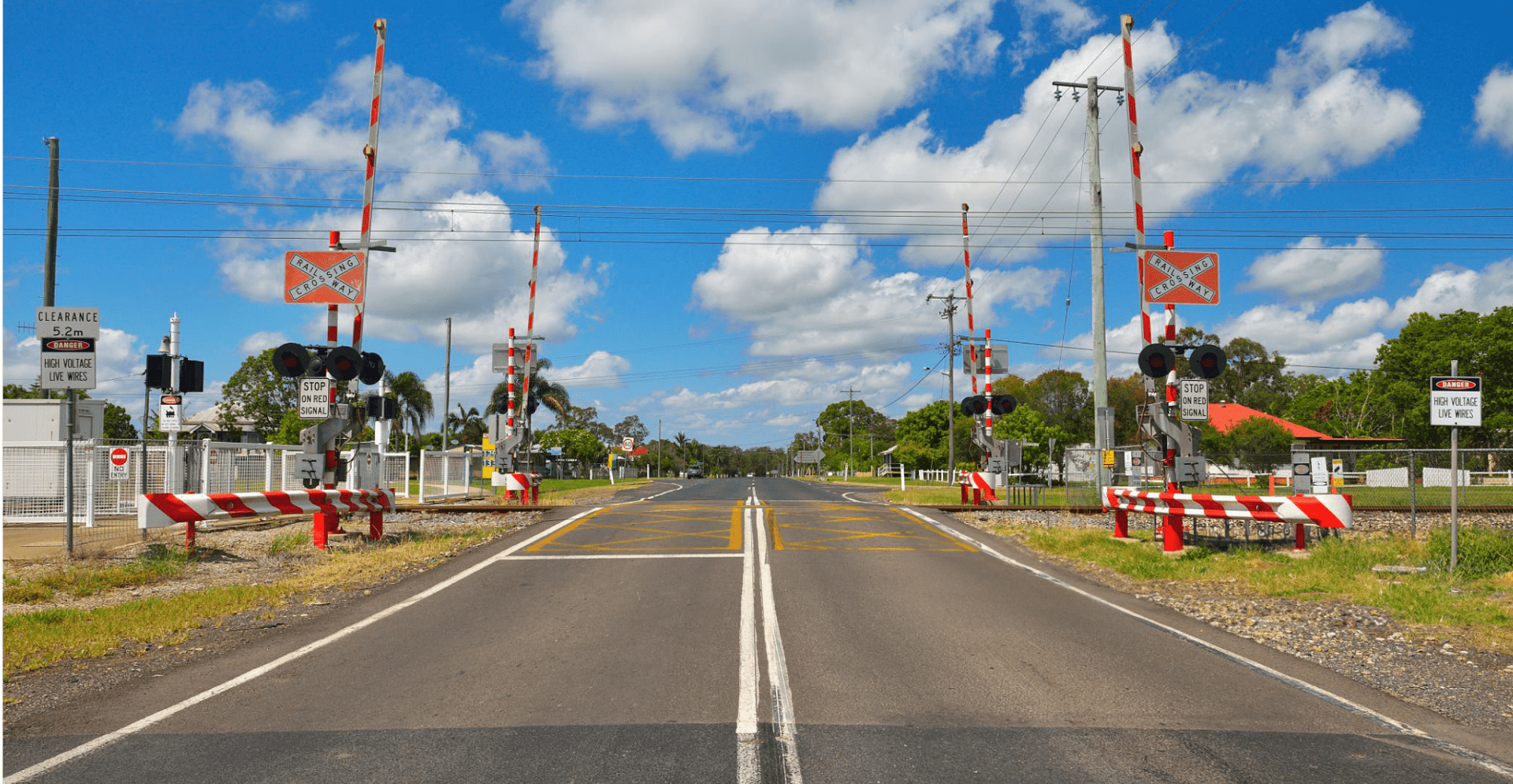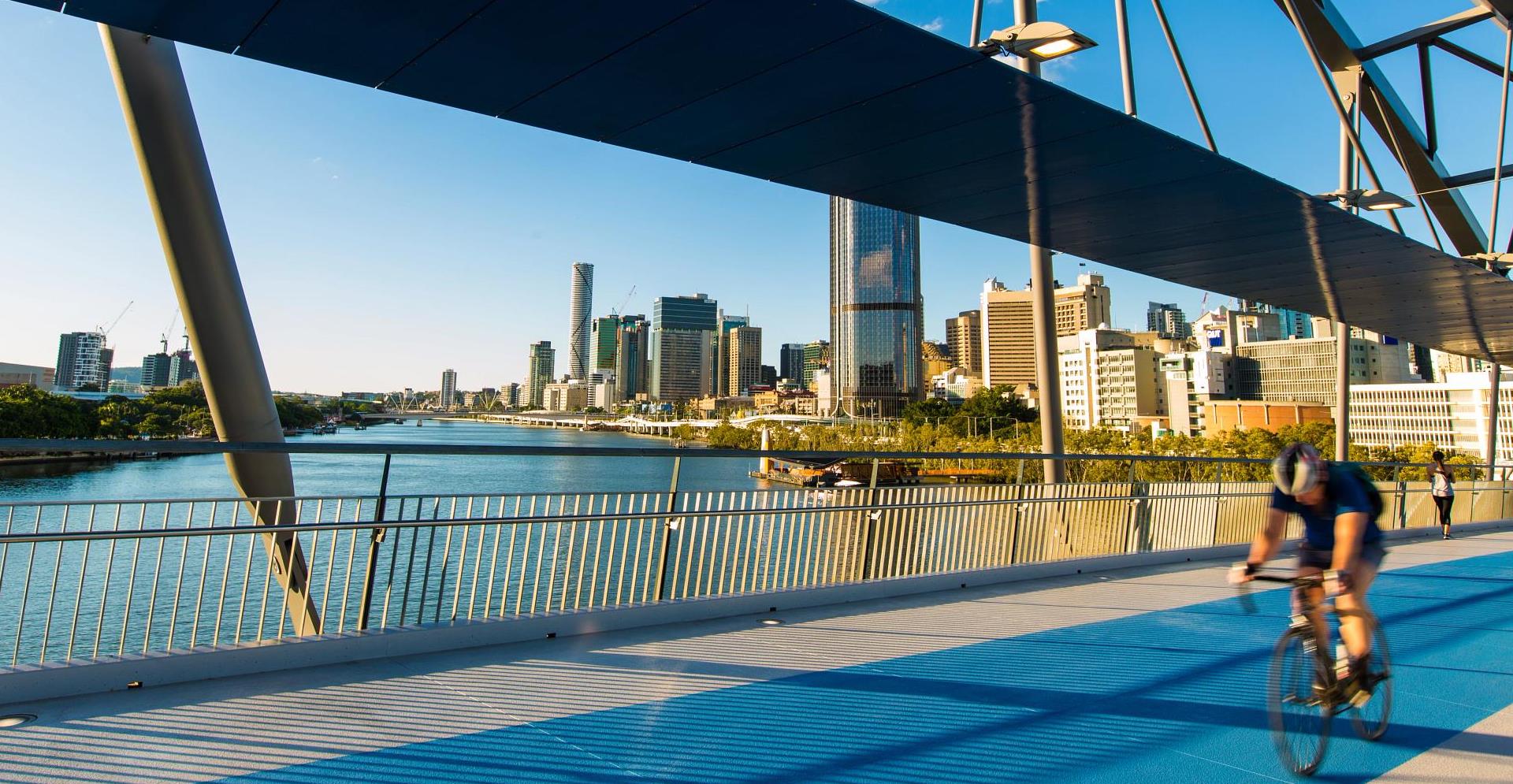The South Europe Atlantic high-speed line is a great success. In the context of a particularly complex rail system, this brings simplification and fluidity with a second line allowing us to better manage flows, in particular to separate freight and passenger transport.
Table of Contents
The challenge
The SEA High Speed Line project aimed to link Northern and Southern Europe via the Atlantic coast.
302
The inception of the South Europe Atlantic (SEA) High Speed Line project stemmed from the aspiration to forge a seamless connection between Northern and Southern Europe along the Atlantic coastline, while also shortening the distance between Bordeaux and Paris. This ambitious endeavor required the construction of a new railway line spanning from Tours to Bordeaux, integrating a network of 10 connections with existing rails, necessitating a substantial investment exceeding 7 billion euros.
The solution
Arcadis played a pivotal role in COSEA, contributing expertise in various fields over 15 years to the SEA High Speed Line project.
3.8 million
Arcadis is a key member of COSEA, the consortium of companies engaged in the design and construction of the SEA High Speed Line. Over the span of 15 years, Arcadis played a pivotal role across various domains of the project, including geotechnics, hydrogeology, railway routing, hydraulic engineering, environmental restoration, socio-economics, structural engineering, and connectivity, among others.
-
READ MORE
The entrusted mission primarily revolved around conducting comprehensive environmental, railway, and technical studies. Specifically, Arcadis was extensively involved in:
• Project management, facilitating consultations with local stakeholders and governmental bodies, and coordinating efforts with other technical partners.
• Preparation of regulatory documentation.
• Conducting extensive studies on railway infrastructure, covering route planning, earthworks, geotechnical assessments, engineering structures, road reinstatement, hydraulic systems, and sanitation and drainage.
• Assessments of railway equipment, encompassing traction power supply and related components.
• Comprehensive environmental impact studies aimed at ensuring sustainable development practices throughout the project's lifecycle.

The Impact
Since 2017, the SEA Line has become France's second busiest route transporting 65million passengers and alleviating congestion.
2nd
The South Europe Atlantic (SEA) High-Speed Line, now commercially known as LGV L'Océane by the SNCF, has transformed travel between Paris and Bordeaux, reducing the journey to a mere two hours, a remarkable time-saving of 55 minutes compared to the conventional line. With trains reaching speeds of up to 320 km/h, this high-speed link not only enhances connectivity between Paris and Bordeaux but also strengthens ties between the southwest of France and northern Europe.
Since 2017, the LGV SEA has served as a crucial artery for transportation, accommodating 65 million travellers, with 3.8 million passengers in its inaugural year alone, making it the second busiest route in France. Beyond its economic and touristic advantages, this pivotal railway infrastructure addresses the pressing issue of congestion on existing rail lines. By facilitating the introduction of new regional TER services and bolstering freight train capacity on current tracks, the LGV SEA not only alleviates strain on road networks but also curtails environmental impact by reducing the number of trucks on highways.
Not done reading?
This also might be interesting for you
- Related Projects
- Related Insights
- Related Blogs







